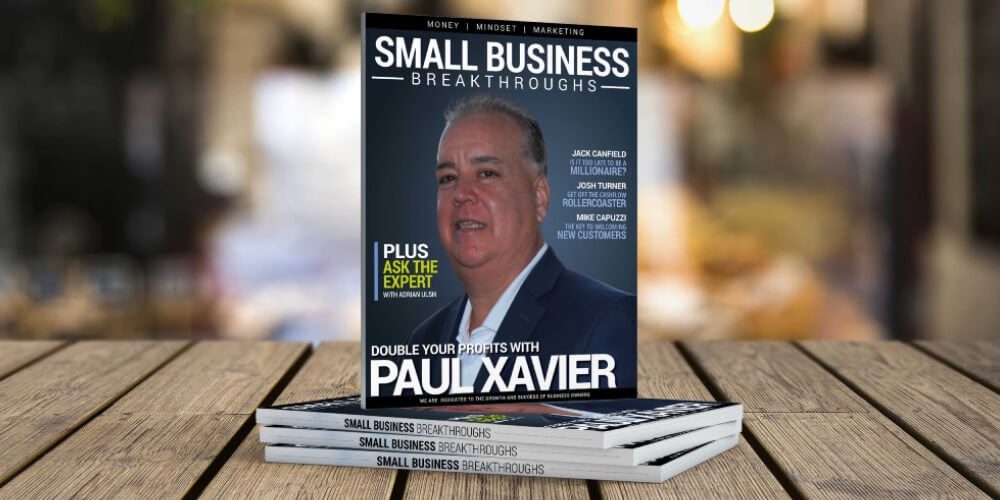We’re going to go through the 5 essential keys to a successful and reusable marketing campaign launch. Once you have these basics down, you can use them over and over again.
The 5 essential keys are:
- Define your Unique Selling Proposition (USP)
- Put an effective sales offer to work
- Avoid the marketing pitfalls
- Use a world-class marketing perspective
- Get results!
We’ll go through each one of these, so you can see exactly how to use them and how they all affect the overall outcome of your marketing campaign.
Define your Unique Selling Proposition (USP)
Take the time to ask yourself some questions from the prospective of the customers/clients. What would it take to get your attention? What needs do you have that need to be met? What are the promises you want fulfilled?
Once you know the answers to these questions you can start putting together a plan to meet these needs. Then take a look at what USP your competitors are using to help you develop your own USP. Your USP is what you are “promising” your customers/clients. This is what’s going to set you apart from your competition.
Put an effective sales offer to work
To develop an effective sales plan, you need to:
- Put together a headline that gets immediate attention.
- Share benefits of your products/services speaking from the customers’ perspective.
- Identify the specific needs met by your products/services.
- Make it easy to do business with you by offer guarantees.
- Share your specific sales proposition.
- Walk your customers/clients through how they should respond and act.
- Motivate with a call to action.
What this all means is, you need to put together what makes your products/services special and compel customers to buy. If they don’t feel like they NEED your product, they won’t buy. You need to answer a question, solve a problem or feed an obsession.
You need to provide them with all the information they need to make an informed and confident decision. Buyer’s remorse is one of the worst things that can happen.
Avoid the marketing pitfalls
There are 5 major marketing pitfalls many businesses fall into and you should avoid:
- Ignore market testing and push on with an inaccurate plan.
- Offer an incomplete case, or reasons, throughout their marketing plan.
- Fail to notice the needs of their prospective customers/clients.
- Fail to diversify their marketing options.
- Fail to get market opinions on their offers.
These are all areas to avoid. If you’ve been working through these lessons, avoiding these pitfalls should be easy and natural.
Use a world-class marketing perspective
World-Class marketing perspective is important, especially if you want to attract customers/clients from all over the world. You can do this a number of different techniques and activities:
- Keep a marketing journal and scribble down anything innovate you see.
- Keep encouraging your marketing department, or yourself, to try new things and dump the ones that aren’t working.
- Order from your own company under a different name and analyze the process of ordering, shipping, online store, customer service and the product itself. This will show you where the areas for improvement in the customer experience.
- Read every quality ad you can find and keep a file for future ideas to consider.
- When out in public, watch how consumers behave in different situations and how they consider their purchases.
- Step down a notch or two and work on the front lines with your sales and customer service staff.
- Continuously acknowledge your staff, vendors and customers. Everyone works and shops better when they feel appreciated.
- Always listen to feedback from employees and customers.
- Continuously test markets, ads, and marketing techniques. This is the only way to stay successful and know what’s working and, more importantly, what’s not.
- Offer more information in your marketing than anyone else. The more information you offer, the more products/services you’ll sell.
- A great marketing plan can only get better. Continue to fine tune and refine your marketing plan based on testing results and feedback.
- Be classy in your marketing. Make sure your marketing and advertising fits your company image, products/service and quality.
- Improve your best marketing areas and drop those that aren’t working.
- Focus on what you say, not how you say it. The best marketing ideas turn into the best marketing naturally.
- Develop all your ads, campaigns and sales materials with an attention to compelling and factual information.
By using these techniques you can put your name out there to the world and become one of the top brands in your industry.
Get results!
The last area we are going to talk about is the best-satisfied customers. If your customers aren’t satisfied, you’ve wasted all your marketing resources and all chance of positive word-of-mouth advertising. You can satisfy your customers by:
- Providing quality products/services
- Providing high quality customer service
- Providing a low-pressure, highly informative sales experience
- Taking all the risk away with a great guarantee
To generate more business there are a couple of simple techniques that work every time:
- Build your database with a contest.
- Do regular mailings with sales, discounts, or other incentives.
- Find other creative ways to keep your current customers coming back for more.
“As long as the reward is directly related to your product or service, you can’t lose. Why not get started today? It’s so simple, it’s so seldom done, and it’s so profitable. And that’s the bottom line.” Jay Abraham
It is so simple! So, why aren’t you starting today? We can help you put together a great marketing plan that will get you results. Try our GUIDED TOUR and find the tools and resources you need built by some of the biggest names in the marketing world.




